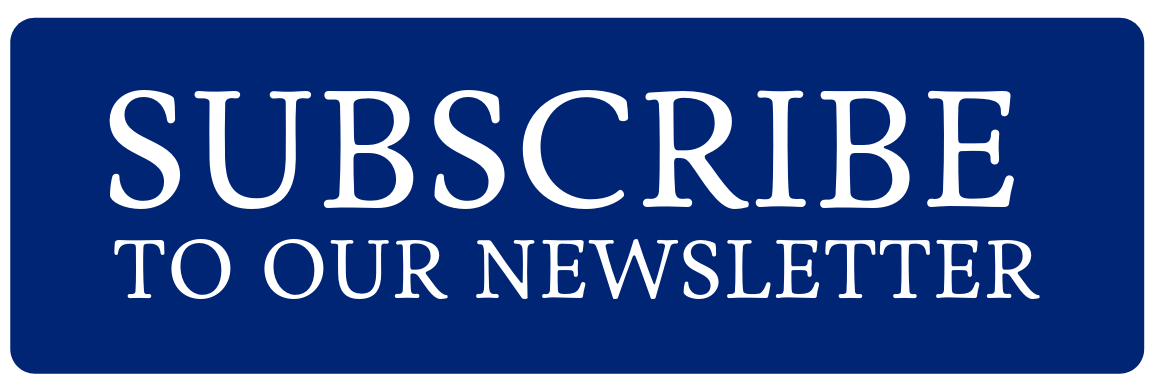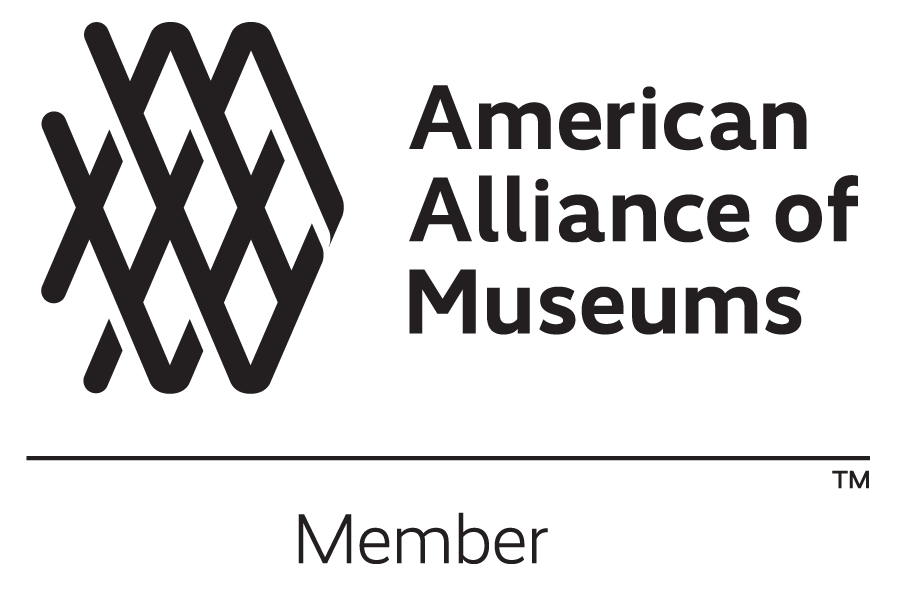Learn One Thing Every Day
by Saga Beus
Unknown artist, from an engraving by Robert Whitechurch after Christian Schuessele. Franklin before the Lords in Council, Whitehall Chapel, London, 1774 From “The Mentor: Benjamin Franklin,” Vol. 6, No. 7, Serial No. 155, May 15, 1918
Photogravure, 6 5/8 x 9 3/8 in.
Fraunces Tavern Museum, TR2019.01.044a. Gift of Kent D. and Tina K. Worley
This photogravure print is from a 1918 issue of The Mentor, an educational magazine printed weekly by the Associated Newspaper School. Published from 1913 to 1931, its slogan was “learn one thing every day” and the inside cover of every issue outlined its purpose:
To make you well acquainted with the world’s knowledge by devoting a little time to interesting reading and to looking at beautiful pictures…You will find at the end of a year that you have learned 312 things. You will know what the best authorities can tell you of these things, and you will have a gallery of 312 beautiful pictures. And a most pleasing feature of the plan is that you will have been quite unaware of any effort to acquire knowledge, and conscious only of having enjoyed yourself reading interesting matter and looking at attractive pictures.
Each issue of The Mentor featured a specific theme and included six loose pictures with daily readings printed on the back. This print came from one dedicated to Benjamin Franklin, written by Albert Bushnell Hart, a notable historian at Harvard University. The short description of Franklin’s political achievements on the back is indicative of the magazine’s goal to provide an easily accessible and convenient way to learn new facts. As each issue focused on a particular topic, it also allowed readers and collectors to pick ones that aligned with their own interests.
“Daily Reading” on the back of Franklin before the Lords in Council, Whitehall Chapel, London, 1774
This print is one of four from The Mentor that were recently acquired by the Fraunces Tavern Museum. It is a reproduction of an engraving by Robert Whitechurch, depicting Benjamin Franklin with the Privy Council Committee in January of 1774 at a hearing concerning a petition from the Massachusetts House of Representatives. By this time, Benjamin Franklin had been living in London for many years and was representing the colonial assemblies of Pennsylvania, Massachusetts, New Jersey, and Georgia. Franklin is standing calmly in the center left of the image, reflecting his composure in the face of an hour-long verbal attack directed at him by the Solicitor General Alexander Wedderburn. This humiliating experience was one piece in a chain of events that led Franklin to abandon reconciliation with Britain in favor of independence.
The original engraving was modeled after a painting by Christian Schuessele, an American chromolithographer and painter. Born in the Alsace region of France, Schuessele settled in Philadelphia in the mid-19th century. He taught at the Pennsylvania Academy of the Fine Arts and was known for his genre and history paintings.
Original Engraving by Robert Whitechurch, 1859, Library of Congress
Original Painting by Christian Schuessele, 19th century, oil on canvas, The Huntington Library, Art Collections, and Botanical Gardens
Franklin before the Lords in Council from The Mentor magazine thus continues the 19th century practice of creating reproducible prints for distribution and mass-consumption. The Mentor is also interesting for its targeting of busy adults who may not have the time or resources to access more traditional forms of literature. Additionally, it pairs entertainment with education, advertising a learning experience that is effortless, fun, and rewarding. As a result, this piece both recounts early American history and reflects new approaches to the dissemination of knowledge in the early 20th century.








